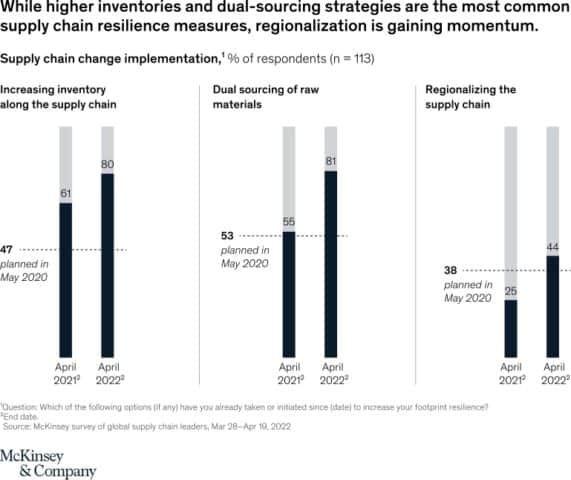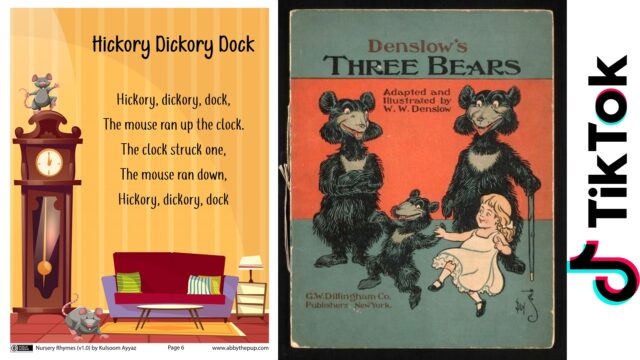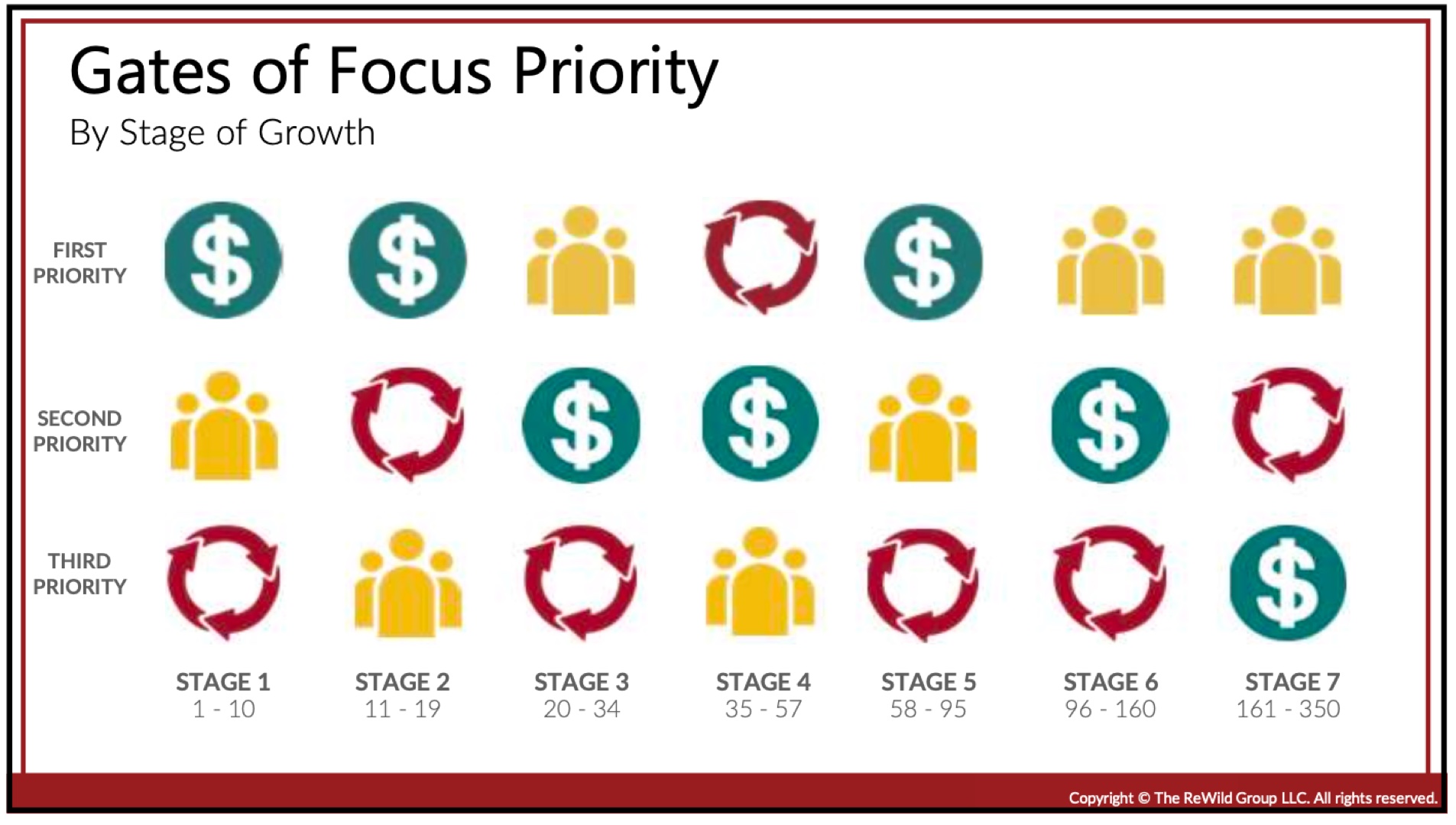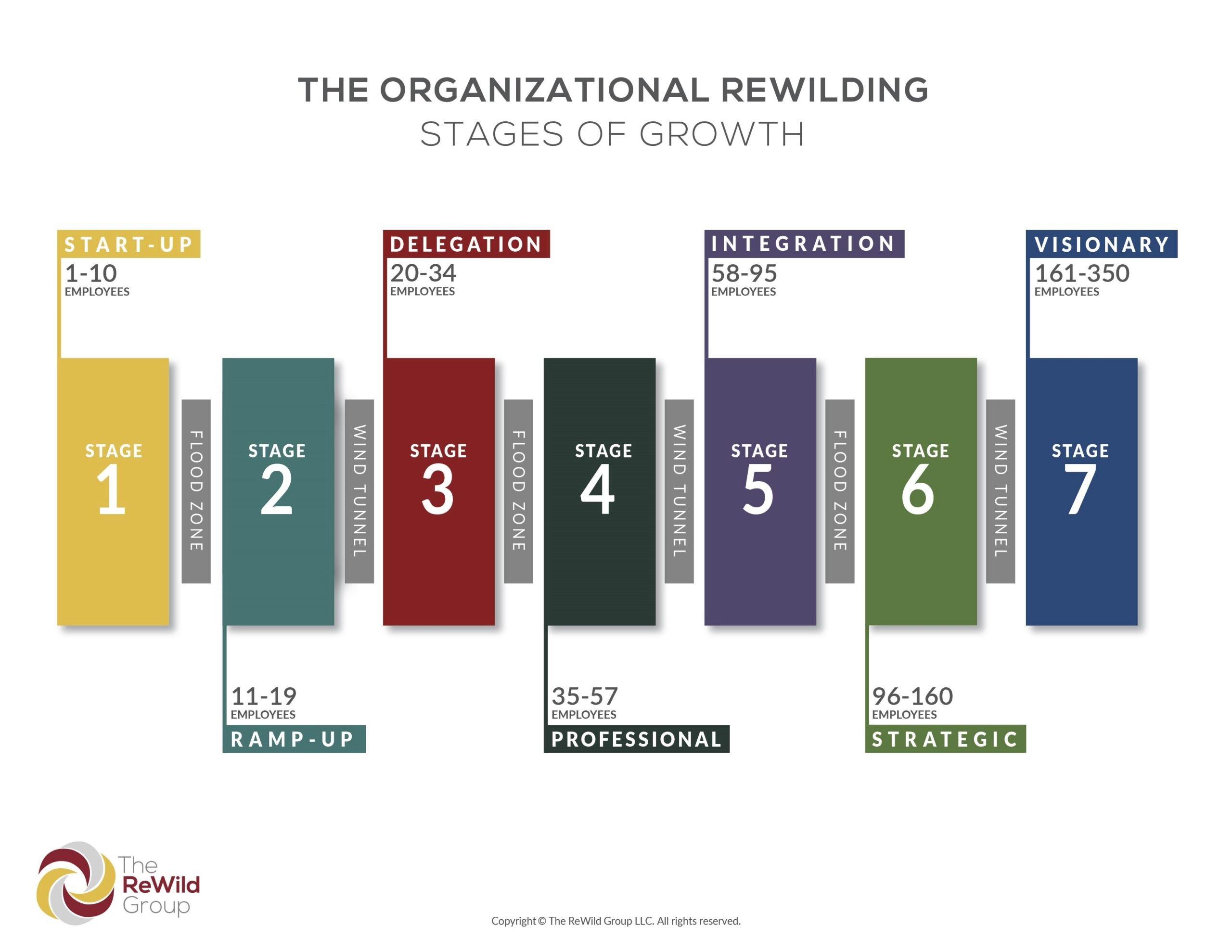Oh how the pendulum doth swing.

Dual sourcing to be able to create competitive bidding and have a resilient supply chain was part of parcel of most large companies for years, even decades. I think, somewhere along the way, the pendulum swung to more strategic partnerships to promise higher volumes to create lower costs through single sourcing. That made just-in-time much more manageable for everyone as it cut down the number of systems and people that had to interact. We’ve seen first hand how that can unravel from China to Ukraine and Russia, from computer chips to oil and gas.
Similarly, we used to value local sourcing from people we know and customization. That is until we chased low labor costs around the world from Mexico to Japan to Taiwan to Vietnam, to Korea, to India to wherever. Mass customization rather than individual customization became more common. Global sourcing is cheaper per product, but the landed cost is higher and we often overlook the societal cost and tax consequences for business as a result of not using local labor.
The pendulum seems to be swinging back to the strategies of the 1950s. Yet, I’m reminded of the story of The Three Bears. Often the best answer is to stop the pendulum from swinging to extremes and compromise on the middle where the pendulum stays at rest. I’m also thinking of the song from the movie Titanic, “My Heart Will Go On†and thinking “Onshore, nearshore, farshore, whatever shore you are, my business will go on.â€
Check out this article from McKinsey to see the shifting tides of supply. https://www.mckinsey.com/capabilities/operations/our-insights/taking-the-pulse-of-shifting-supply-chains that expounds on this survey result.

You may have heard the phrase, “Those who fail to study history are doomed to repeat it.†Another one is “Everything old is new againâ€
The old nursery rhymes and bedtime stories have a bit of truth in them.
Tick-Tock—Hickory Dickory Dock—TikTok





